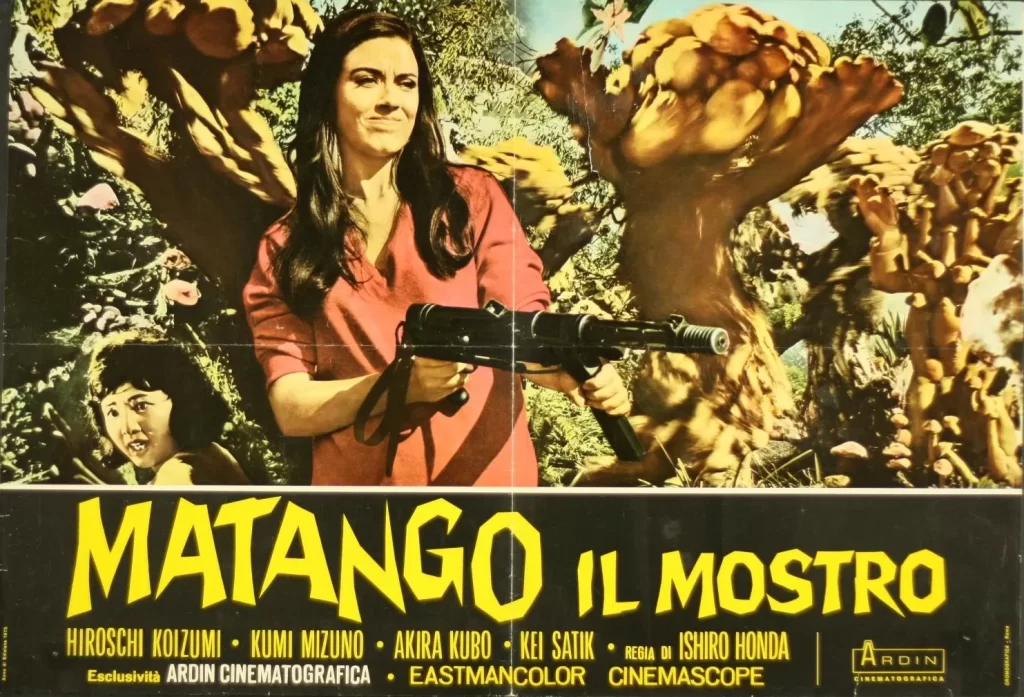Vampires never truly go out of style, but the trends of pop culture move in cycles that made our most beloved bloodsucking creatures rather passé for several years. Following the Twilight boom, and the slew of sexy teen romances that followed, many complained that vampires had lost their bite. In the 2020s, however, they’re back with a vengeance with films like Ryan Coogler’s Sinners and the lavish TV adaptation of Anne Rice’s Interview With the Vampire. If speculative fiction is designed to offer a metaphorical response to contemporary issues, it’s not hard to see why the figure of the parasitic power broker preying on marginalized people (or being the embodiment of them as a demonized force against a hyper-conservative status quo) would hold so much thrall in the current era.
But even amidst the most sparkly era of vampire cinema, the early 2010s was full of fascinating indie offerings that challenged that growing cliché. What We Do in the Shadows satirized the genre’s most familiar tropes in the context of a flatshare mockumentary. Jim Jarmusch told a tale of classic romance and poetic exploration in the ruins of modern-day Detroit in Only Lovers Left Alive. And Ana Lily Amirpour’s feature debut was a thoroughly millennial tale of isolation and the peril of the outsider in one of the decade’s coolest films.
Reviews of A Girl Walks Home Alone at Night were keen to play up the film’s status as “the world’s first Iranian feminist vampire Western.” It’s not an inaccurate description, although such a distillation cannot help but feel a tad glib. The film does feature a skateboarding vampire clad in a chador who glides through the dusty shadowy streets of a rundown Iranian town. And it is, indeed, incredibly cool; if ever a film seemed primed to end up on the Pinterest boards of young cineastes, it’s this one. But aesthetics aside, Amirpour’s droll and melancholy portrait of connection in the face of (in)human cruelty resonates with its audience well beyond the possibilities of dorm room posters and Halloween costumes.
Amirpour creates a setting moored from space and time, even though it’s full of specific pop culture beats. The girl has Madonna pictures on her bedroom walls and semi-hypnotizes Arash with the White Lies song “Death,” but Bad City (Northern California sitting in for Iran) feels like it could be from any time in the past two centuries. The shadows of the streets suggest German Expressionism while the music swings between Spaghetti Western and the Iranian New Wave. When the title character admits her favorite singer is Lionel Richie, it doesn’t feel any more or less out of place than anything else.

The girl of the title has no name. She avoids human contact unless it’s for dinner, preying on bullies and creeps like the drug-dealing pimp Saeed, who has been extorting a young man named Arash over his heroin addict father’s debts. In the desolate town known aptly as Bad City, the wealth gap is vast and the oil fields spew up smoke and fire into the harsh sunlight. This place often seems bereft of people. The largest gathering we see is of a trench full of abandoned corpses that nobody seems to notice or care about. It’s the perfect place for a vampire to feast, to stalk her prey in the dark. She’s not the only predator in town; she’s just the best at it, and one with a shred of a conscience.
Arash, self-consciously styling himself to look like James Dean and driving a 1950s car that wouldn’t look out of place in Rebel Without a Cause, is as unmoored from life as the vampire. The only options available to him are criminal, although petty theft may be the least unconscionable option in a town with this high a body count. Arash almost seems resigned to his status as a perennial victim. When the girl takes him back to her home to feast, he’s stoned out of his box (and, hilariously, dressed as a Bela Lugosi-era Dracula) and unaware of how bad this could end for him. Then again, he’s a guy in a woman’s house. Under typical circumstances, he would be the one to be scared of.
But in this moment, the pair begin to connect. Over what, it’s less certain. A shared fear of the unknown? Pure loneliness? A lack of other options? His extremely cute cat who he stole from someone else’s house, and her excellent taste in music? It barely matters. Amirpour creates a sense of dread and isolation that makes any kind of human contact feel like an instant salve for characters and audience alike. Running off with a killer still seems like a better option than staying in Bad City.
In A Girl Walks Home Alone at Night, being alone seems a worse fate than death, which isn’t something to dismiss either. But the sheer mood of it all, of being steeped in desolation and finding glimmers of something worth hanging on for, is what both crushes and sustains. Yeah, it all looks cool as hell, but it has to, otherwise you’d sink into nothingness for no dang reason. Amirpour has remained ambitious with her genre mish-mash feature follow-ups like The Bad Batch and Mona Lisa and the Blood Moon, but her debut remains her most potent distillation of her blend of style and substance. Face it, vampires have always been cool for a reason.
“A Girl Walks Home Alone at Night” is streaming on Kanopy and Kino Film Collection.



